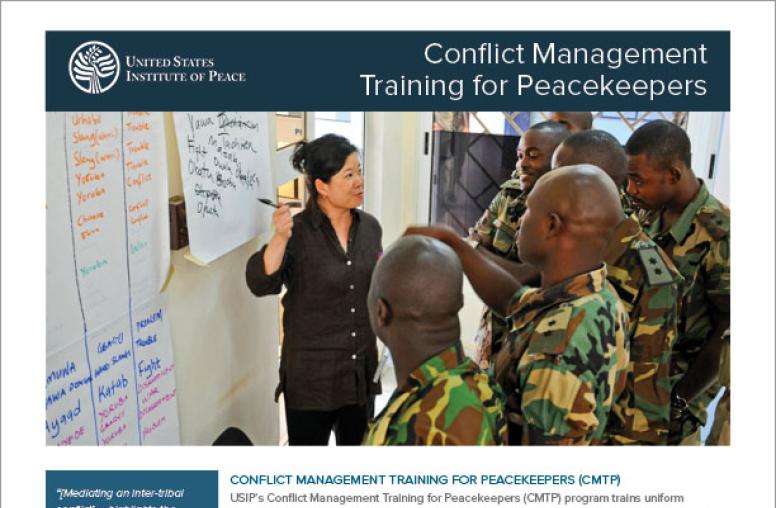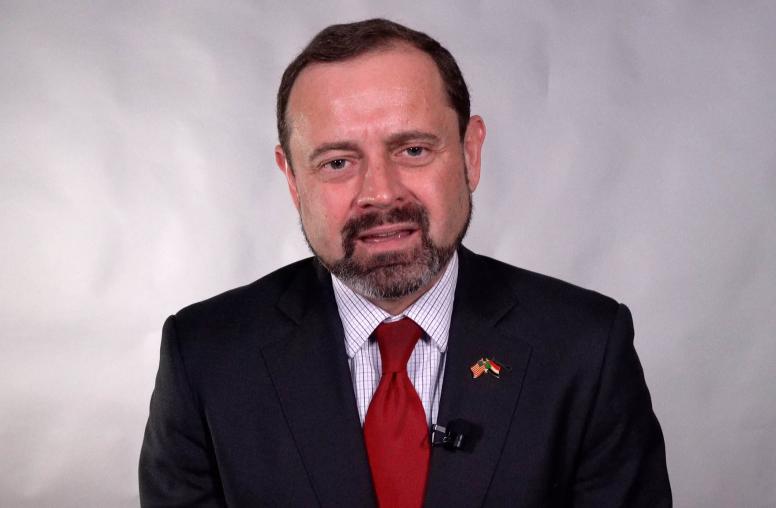Why the Middle East is Especially Vulnerable to Coronavirus Crisis
In a region ravaged by conflict with millions displaced, COVID-19 could have untold consequences.
As the world grapples with the dangerous and evolving coronavirus pandemic, the impact on the most vulnerable populations—the homeless, prison populations, and the impoverished—cannot be overestimated. In the Middle East, a region already ravaged by conflict and suffering from inadequate services and poor governance, the novel coronavirus could have untold consequences. Refugees and internally displaced people (IDPs) in the region are among the most at risk. Mitigating the impacts of the coronavirus, technically known as COVID-19, on this population will be critical to stanching the spread of the pandemic.

A disproportionate number of the record 70.8 million forcibly displaced people reside in either the Middle East or Turkey. Lebanon hosts the largest number of refugees per capita in the world, followed by Jordan and Turkey. Meanwhile, Syria and Iraq must contend with large numbers of IDPs in fragile, highly unstable environments.
The intersection of a vulnerable displaced population with a crumbling public infrastructure is nowhere more apparent than in Lebanon, which is contending with the coronavirus in the midst of a financial meltdown. On March 15, Lebanon declared a medical state of emergency amid mounting concerns that the pandemic could overwhelm Lebanon’s faltering health system. Already, Lebanon had been coping with the impact of spiraling debt and a Eurobond default, thrusting growing numbers of Lebanese and refugees into poverty. Prior to the financial crisis, 73 percent of Syrian refugees in Lebanon lived below the poverty line.
The situation of IDPs in Syria and Iraq is equally concerning. In Syria, which remains in the throes of conflict, IDPs are particularly vulnerable. The latest episode of mass displacement in Syria’s Idlib province—the largest displacement since the conflict began nine years ago—has already had a devastating impact. IDPs in northwest Syria are suffering from trauma, exposure, inadequate shelter and insufficient medical care. The spread of COVID-19 into these areas would be catastrophic. Moreover, the Syrian government continues to deny the existence of the virus in Syria despite evidence to the contrary, further endangering the population.
Iraq has taken a more proactive stance, instituting curfews, border closures and flight suspensions. Recently, a suspected case of the virus in an IDP camp in Ninewa governorate tested negative, however, the crowded and fragile setting of Iraq’s IDP camps would be conducive to the rapid spread of the virus.
Each of these situations—refugees in host communities, IDPs in an active warzone and IDPs in camp settings—entails challenges to mitigating the impact of the virus. These vulnerable populations—especially those in camp settings—often live in overcrowded environments with several family members in a tent or cramped apartment. Social distancing and self-quarantine—key components of the current COVID-19 mitigation strategy—are virtually impossible in such conditions. Access to clean, hot water is often spotty, which impedes effective handwashing, another critical element of protecting against the virus.
Read the rest of this article on Al Arabiya, where it was originally published.



